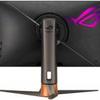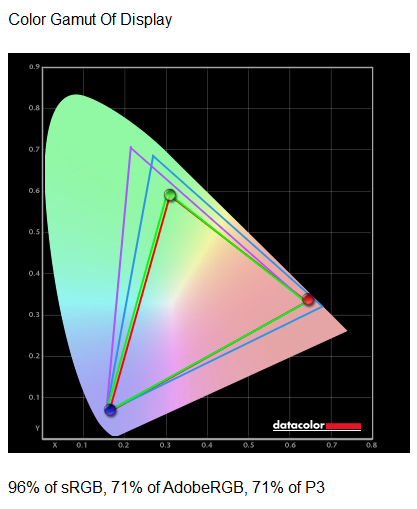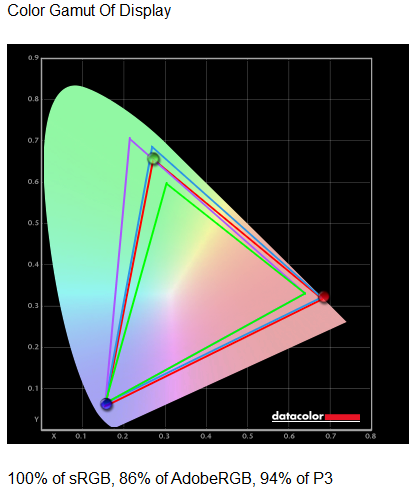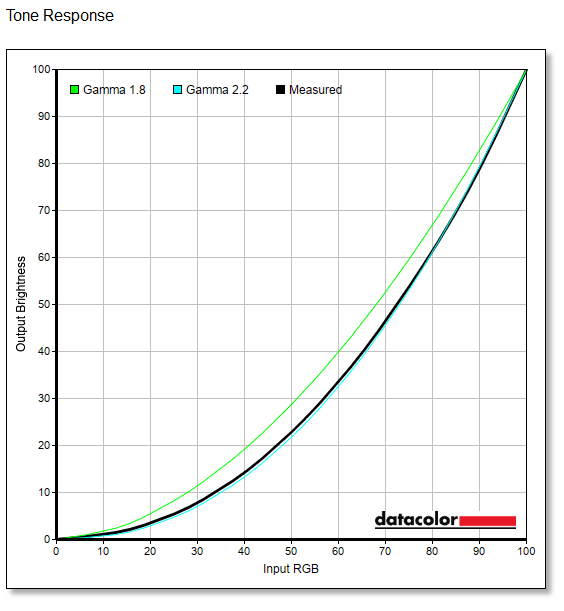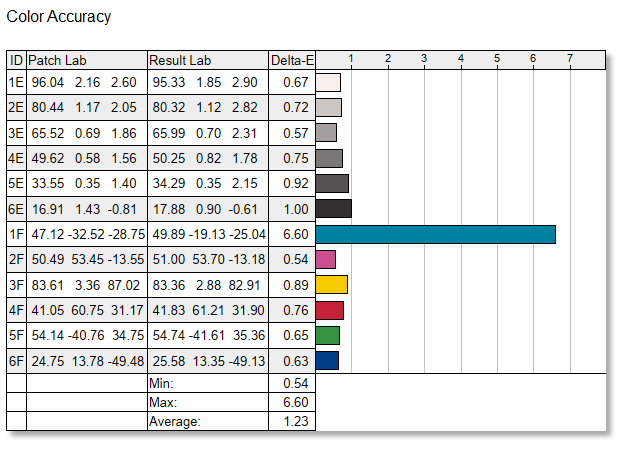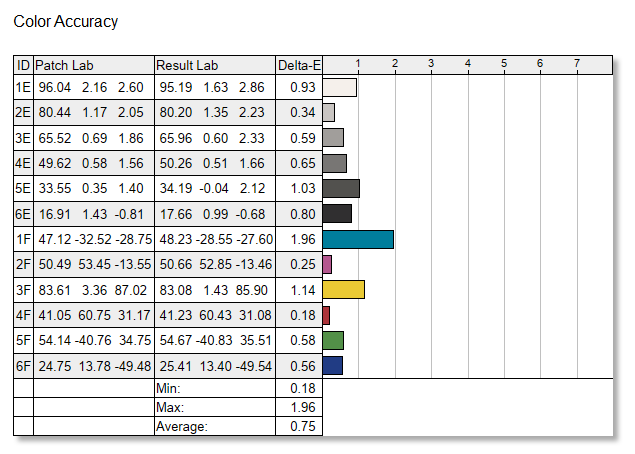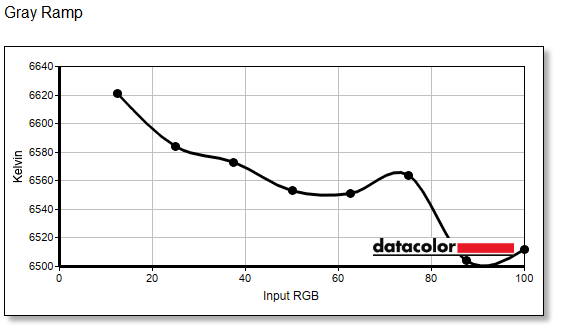Color Accuracy and Gamma
Color space and screen uniformity
We start our tests by measuring color space and screen uniformity. Uncalibrated performance means the out-of-the-box settings a monitor ships with. Calibrated performance is what results after the monitor has been put through our DataColor Spyder calibration process. Our aim with calibration is to be at a Gamma of 2.2 with a target 6500k color temperature and an aim of 120cd/m2 brightness. Luminance is candelas per square meter (cd/m2), also described as 'nits'. By default, the screen is setup in Racing mode.
The sRGB range is fully covered; however Adobe RGB (close to DCI-P3), is nowhere near the advertised values. The racing setting can be a visually exciting option to experiment with, even if you're not playing a racing game. Due to its vibrant colors, it is particularly suitable for monitors with a wide color gamut and has minimal input lag straight out of the box. Many of these monitors also come with an sRGB mode that compresses the colors into a narrower space. While this mode is less visually striking, it accurately reflects the original color design of the game, which is typically mastered in this color space (unless playing in HDR). This mode is also advantageous for content creation, ensuring that your photos or videos appear consistently on various displays.
We used the Racing mode, the default provided by the manufacturer, and the overall WIDE gaming setting of color data across various modes. And that brings us to DCI-P3 at 94% coverage. The display is marketed as having DCI-P3 coverage, but its actual "Wide Gamut" range falls between DCI-P3 and BT.2020 HDR, meeting the minimum coverage requirements for DisplayHDR 1000 and UHD Premium. The color setting is not directly calibrated to a specific gamut like sRGB. The monitor comes pre-calibrated from the factory with good sRGB accuracy, defaulting to 8 bits per color out-of-the-box. The "wide gamut" options do not precisely correspond to either DCI-P3 or BT.2020, but this is not a concern for professional or prosumer monitors.
Gamma
These monitors come factory calibrated for you; we aim for a gamma of 2.2, which is also the default for the ASUS configuration.
Gamma deviation uncalibrated was close at 2.2; there is an allowance deviation of 10%, so that is still fine. This is the monitor untouched out of the box aside from a rest back to firmware defaults. Of course, you can alter and tweak anything to your liking as the monitor has selectable gamma modes.
Racing mode (default)
Racing mode + Wide gamut
ASUS promises a color-accurate delta <2.0 or better. From a practical perspective, the average human eye cannot detect any color differences with a Delta-E value of 3 or less. An exceptionally trained and sensitive human eye will only be able to perceive color differences with a Delta-E of 1 or above. The monitor is excellent at an △E<1 average.
